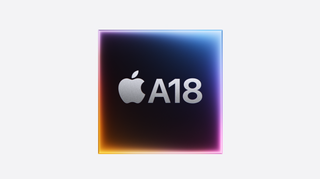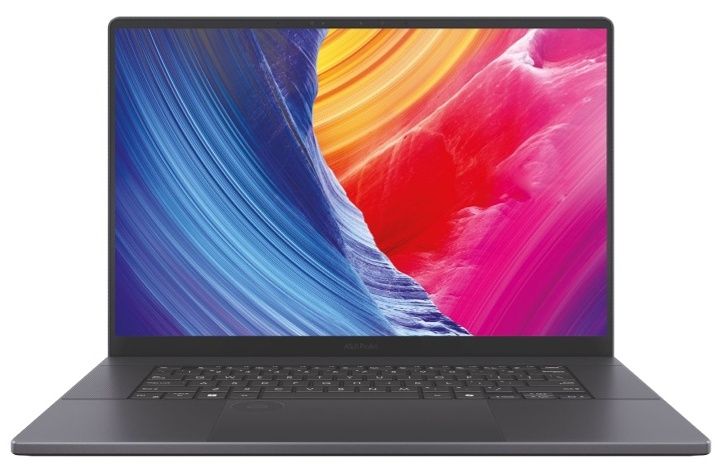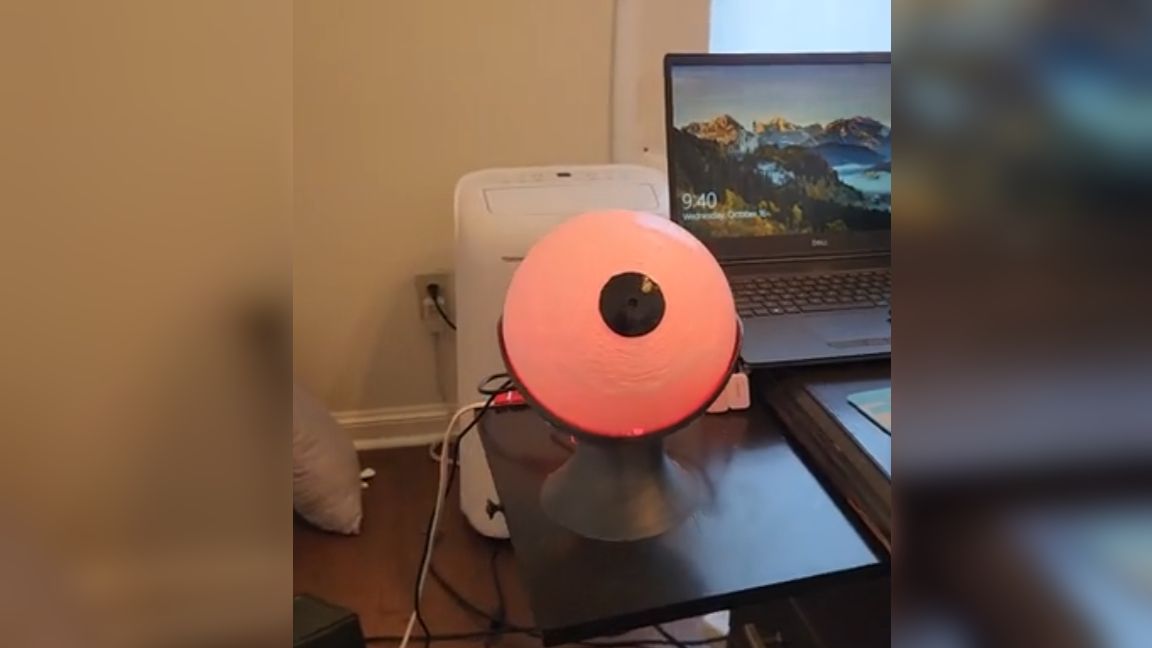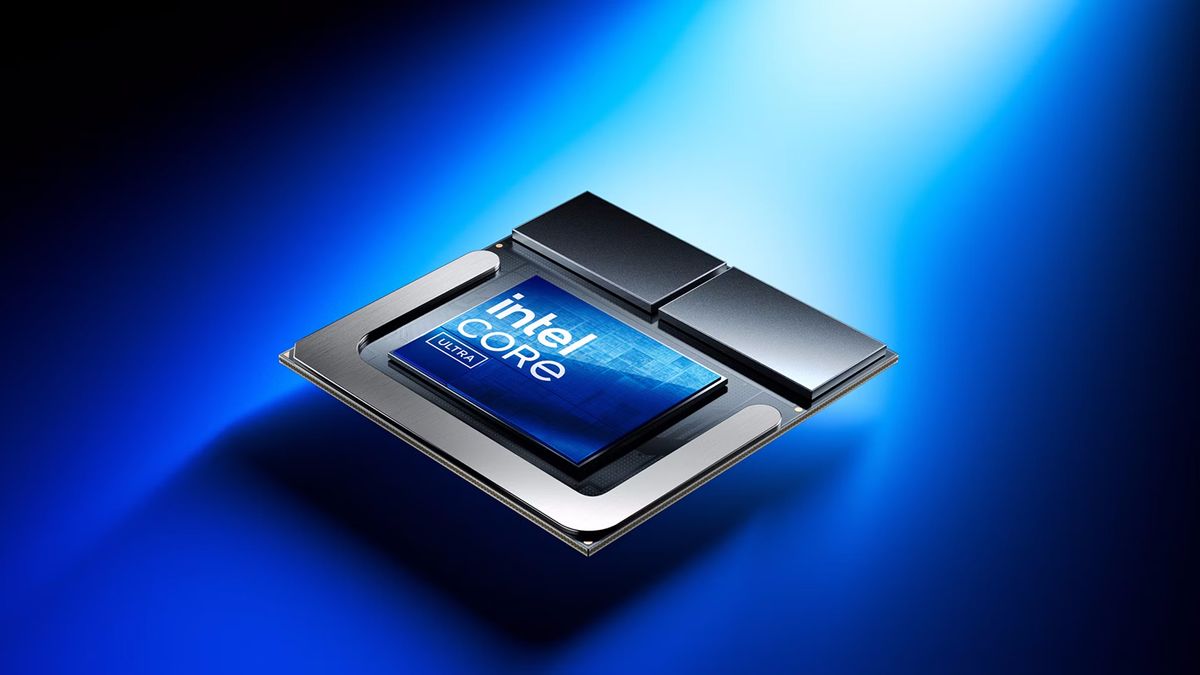Apple's latest A18 (non-Pro) application processor for smartphones not only challenges AMD's Ryzen 9 9950X and Apple's M4 in single-thread workloads in Geekbench 6, but it seemingly beats all previous-generation flagship CPUs for desktops and laptops. But when it comes to multi-thread, the limited amount of cores certainly makes an impact on performance.
Apple's vanilla A18 processor packs two high-performance cores operating at up to 4.0 GHz (the first time the company's smartphone processor hits such a high frequency) and four low-power cores. The new A18 system-on-chip (SoC) scores 3409 points in a Geekbench 6 single-thread benchmark and 8492 points in Geekbench 6 multi-thread benchmarks, both are very good results. In fact, they are 15.5% higher for single-thread performance and 16.6% higher for multi-thread performance when compared to its direct predecessor, the A16 Pro. The new chip is also tangibly faster than Qualcomm's Snapdragon 8 Gen 3, at least on this one test.
Swipe to scroll horizontally
| Row 0 - Cell 0 | A18 | A17 Pro | A16 Bionic | Snapdragon 8 Gen 3 |
| General specifications | 2P+4E, up to 4.0 GHz | 2P+4E, up to 3.77 GHz | 2P+4E, up to 3.46 GHz | 5P+3E, up to 3.01 GHz |
| Single-Core | 3409 | 2950 | 2641 | 1959 |
| Multi-Core | 8492 | 7279 | 6989 | 4989 |
| Source | https://browser.geekbench.com/v6/cpu/7714134 | https://browser.geekbench.com/v6/cpu/7710531 | Row 4 - Cell 3 | https://browser.geekbench.com/v6/cpu/7139153 |
When compared to PC-grade processors, A18 looks pretty good too. It beats Apple's M3, AMD's Ryzen 9 7950X, and Intel's Core i9-14900KS processors in the single-thread Geekbench 6 benchmark. It also challenges AMD's Ryzen 9 9950X, but falls behind Apple's own M4 (which has 400 MHz higher clocks) both CPUs have considerably higher power budgets. As you might expect, then it comes to multi-thread performance, A18 with its six cores falls significantly behind PC-grade processors. Hence, the intrigue is whether the eight-core A18 Pro can challenge Apple's M3.
Swipe to scroll horizontally
| Row 0 - Cell 0 | A18 | M3 | M4 | Ryzen 9 9950X | Core i9-14900KS |
| General specifications | 2P+4E, up to 4.0 GHz | 4P+4E, up to 4.05 GHz | 4P+6E, up to 4.40 GHz | 16P/32T, 4.30 GHz - 5.75 GHz | 8P+16E/32T, 3.20 GHz - 6.0 GHz |
| Single-Core | 3409 | 3076 | 3697 | 3482 | 3362 |
| Multi-Core | 8492 | 11863 | 13778 | 23584 | 23445 |
| Source | https://browser.geekbench.com/v6/cpu/7714134 | https://browser.geekbench.com/v6/cpu/3343681 | https://browser.geekbench.com/v6/cpu/7708799 | https://browser.geekbench.com/v6/cpu/7707083 | https://browser.geekbench.com/v6/cpu/7709430 |
Keeping in mind that the A18's frequency increase, when compared to its predecessor is 6%, the majority of single-thread and multi-thread performance improvements should be attributed to microarchitectural enhancements.
While the performance increases look modest, this isn't particularly surprising as Apple's A18 is made on TSMC's N3E (3nm-class) process technology that was architected to reduce costs compared to N3B (3nm-class), at the cost of transistor density rather than to tangibly increase performance or lower power consumption (even though N3E enables a bit higher clocks and reduces power compared to N3B). In other words, Apple had a limited transistor budget to add here.
One thing to keep in mind about Geekbench 6 results is that we are dealing with a synthetic benchmark, and the real-world performance of Apple's A18 and A18 Pro will be different. Nonetheless, Geekbench 6 results seemingly demonstrate that Apple's own performance estimates are accurate (who said they are not based on Geekbench 6 though?) and that the company's new processors can offer about 15% performance improvements over the A17 Pro in best-case scenarios.

 1 month ago
10
1 month ago
10






:quality(85):upscale()/2024/10/17/848/n/1922729/9dece426671163b35dcb11.60305022_.jpg)


 English (US) ·
English (US) ·